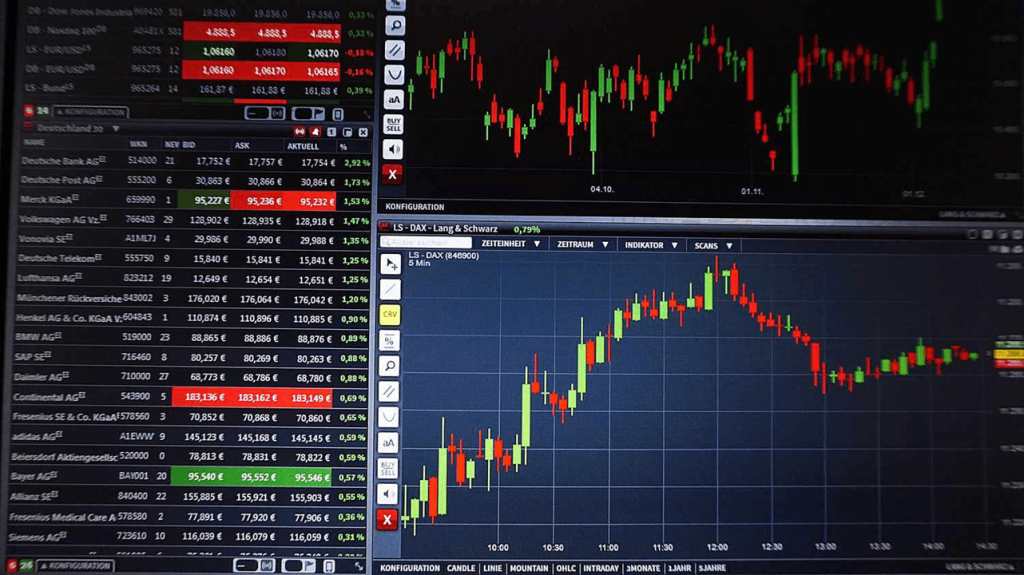Forex trading, also referred to as foreign change trading or currency trading, may be the worldwide marketplace for getting and selling currencies. It operates 24 hours each day, five days weekly, allowing traders to participate in the market from anywhere in the world. The principal aim of forex trading is to benefit from fluctuations in currency exchange charges by speculating on whether a currency set can increase or drop in value. Participants in the forex market include banks, financial institutions, corporations, governments, and personal traders.
One of the key options that come with forex trading is their high liquidity, and therefore large quantities of currency can be bought and sold without significantly affecting change rates. This liquidity ensures that traders can enter and exit roles quickly, allowing them to take advantage of even little cost movements. Furthermore, the forex industry is extremely available, with minimal barriers to entry, allowing individuals to begin trading with fairly small levels of capital.
Forex trading offers a wide selection of currency couples to deal, including significant pairs such as for instance EUR/USD, GBP/USD, and USD/JPY, as well as modest and incredible pairs. Each currency set shows the trade charge between two currencies, with the initial currency in the set being the beds base currency and the 2nd currency being the quote currency. Traders can benefit from equally rising and falling markets by getting long (buy) or short (sell) jobs on currency pairs.
Successful forex trading requires a solid understanding of essential and complex analysis. Fundamental examination requires considering economic indicators, such as for instance fascination costs, inflation prices, and GDP growth, to measure the underlying energy of a country’s economy and its currency. Specialized evaluation, on another hand, requires considering price maps and designs to spot traits and potential trading opportunities.
Risk administration can be necessary in forex trading to guard against possible losses. Traders frequently use stop-loss requests to restrict their downside risk and employ proper position sizing to make sure that no deal can somewhat influence their over all trading capital. Furthermore, sustaining a disciplined trading approach and handling emotions such as for example greed and anxiety are critical for long-term success in forex trading.
With the development of technology, forex trading has be accessible than actually before. Online trading platforms and portable programs offer traders with real-time usage of the forex market, permitting them to execute trades, analyze industry data, and manage their portfolios from any device. Furthermore, the accessibility to educational forex robot resources, including courses, webinars, and trial reports, empowers traders to produce their skills and boost their trading efficiency around time.

While forex trading presents significant gain potential, in addition, it carries natural dangers, like the potential for considerable losses. Thus, it is required for traders to perform complete study, create a sound trading strategy, and continuously check market situations to make knowledgeable trading decisions. By sticking with disciplined chance management methods and remaining knowledgeable about international economic developments, traders may increase their odds of accomplishment in the energetic and ever-evolving forex market.
